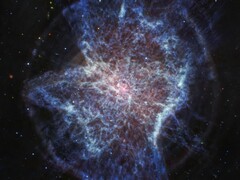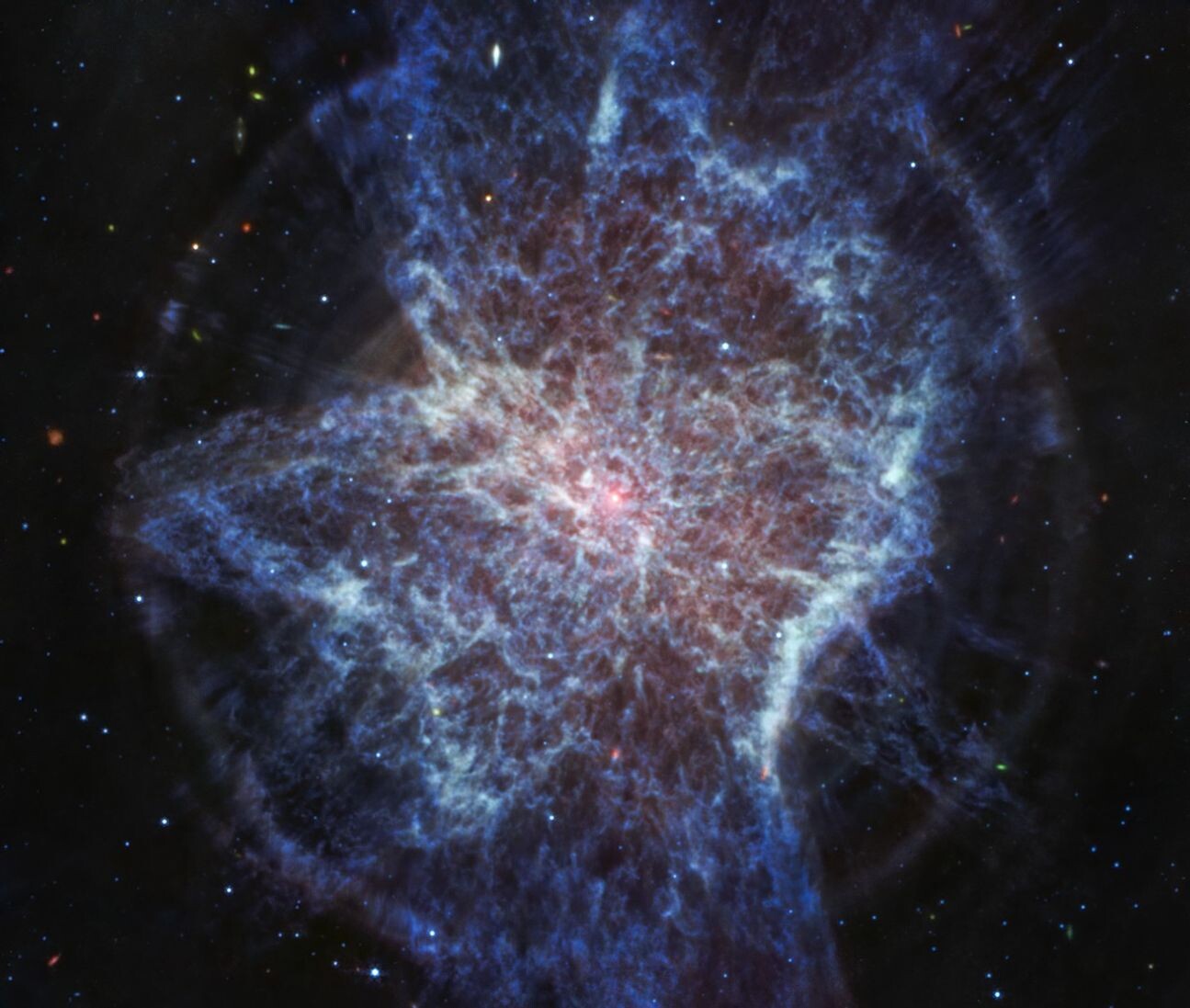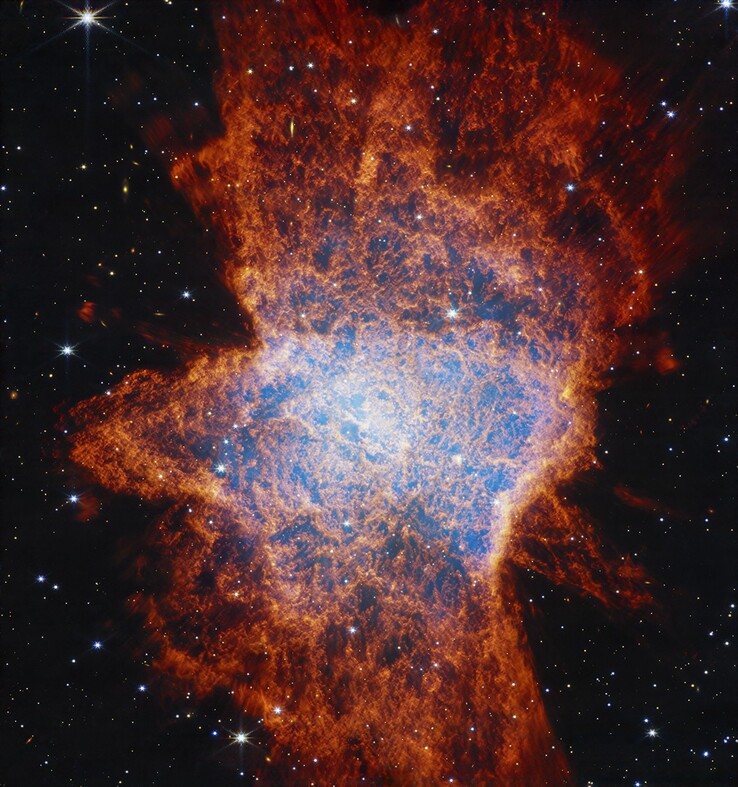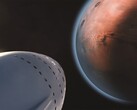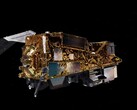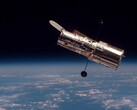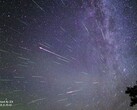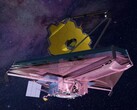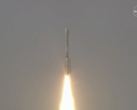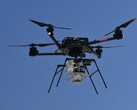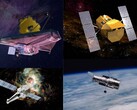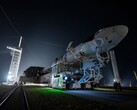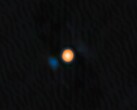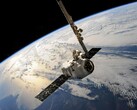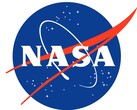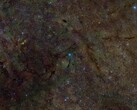Since Webb’s launch on December 25, 2021, astronomers have been using it to study planetary nebulae and the complexities surrounding them. This time, Webb has taken a look at NGC 6072, returning an image that NASA likens to splattered paint.
Usually, planetary nebulae follow more predictable structures — circular, elliptical, or bipolar shapes. But NGC 6072’s asymmetrical appearance challenges that norm, showing a tangled mass of gas and dust in various directions.
A look from Webb’s NIRCam (Near-Infrared Camera) shows that the nebula is multipolar. Several elliptical outflows are streaming out from the center in different directions. The disk perpendicular to the nebula suggests that the outflows likely compress the surrounding material as they move.
Astronomers believe this unusual structure may point to the presence of two stars at the center of the scene. A companion star is likely interacting with an aging star that has started to shed its outer layers of gas and dust, helping to shape the nebula’s strikingly complex structure.
The concentric rings, expanding from the central region, as revealed by Webb’s MIRI (Mid-Infrared Instrument), may offer further evidence of a secondary star at play. The rings suggest there was some form of pulsation that caused gas or dust to be released evenly in all directions, possibly thousands of years apart.
Another striking detail captured by Webb’s MIRI is a small pinkish-white dot in the center, believed to be the star shaping this entire scene. Over time, as the central star cools and dims, the nebula will slowly disperse into the interstellar medium, enriching it with heavier elements that could one day help form new stars and planets.
By capturing such a detailed view of NGC 6072, Webb paves the way for studies into how complex planetary nebulae help feed the nurseries where new stars and planets are born. The James Webb Space Telescope is no stranger to new discoveries, it recently helped NASA correct a wrong notion regarding Uranus.
NGC 6072 is located about 3,000 light years away, which means it is visible through a telescope. However, you will need a powerful telescope, like the Celestron NexStar 8 SE (curr. $1,699.99 on Amazon), which has a 203-mm (8-inch) aperture. Keep in mind you will need good viewing conditions — a dark sky with minimal light pollution.




